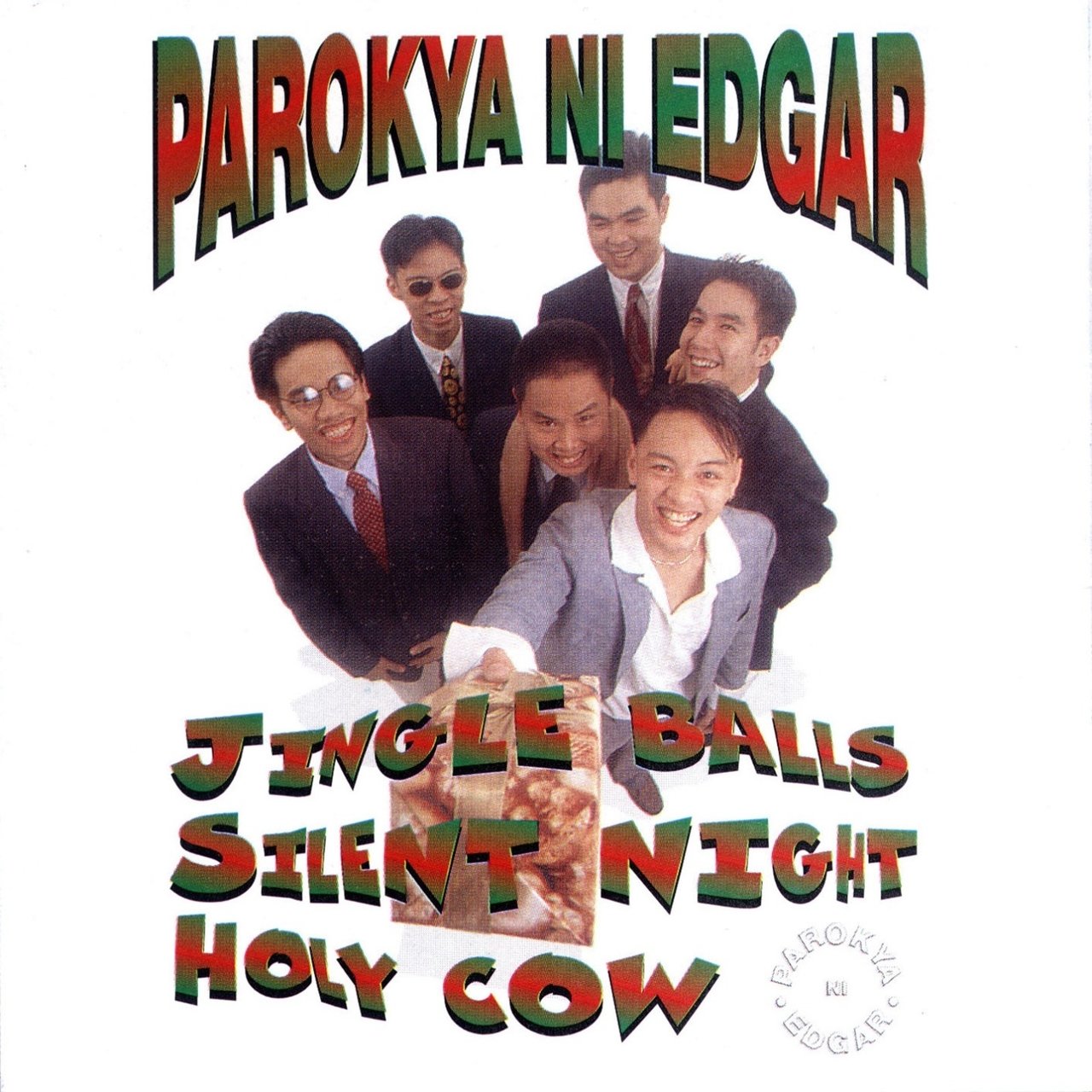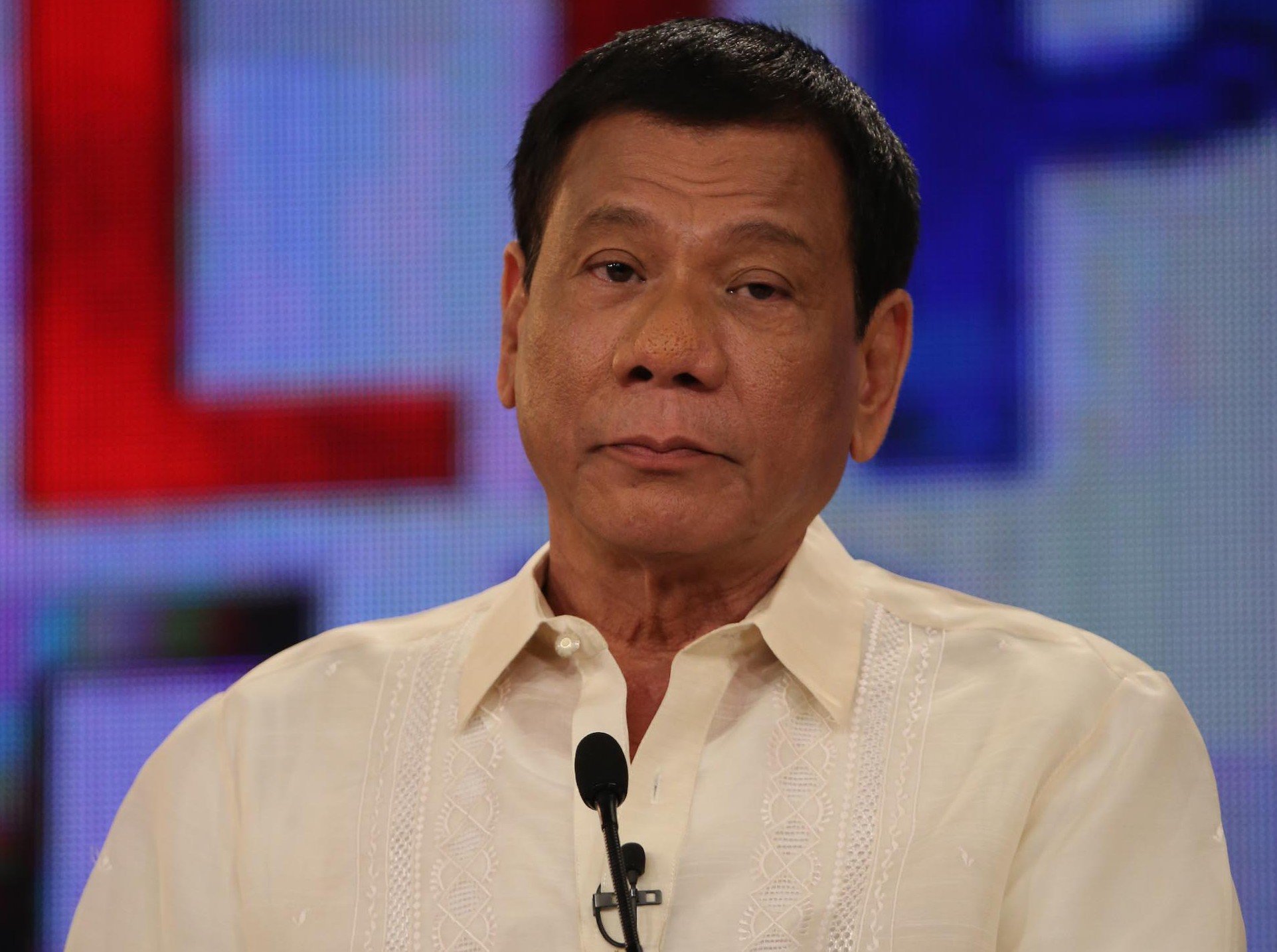In an industry (predominantly and historically) dominated by men, the portrayal of female characters in cinema has often been filtered through the male gaze. Women typically get the shorter end of the stick; and if the multitude of films that stereotype and treat them as mere objects of desire and/or one-dimensional plot devices to advance male narratives are any indication, cinematic representation has quite been the antithesis of parity.
But the seemingly hegemonic masculinity of the movie scene is slowly, if not steadily, being challenged by female-helmed films that give primacy to the female gaze. As for our local stories, a growing number of Filipina filmmakers assert their influence in the industry by subverting biased depictions of a woman’s identity. They create diverse and nuanced narratives that mirror the complex realities of womanhood (experiences, sexual liberation, and flaws)—presenting female characters as multifaceted beings with agency and autonomy.
While the male gaze (still) relatively dominates the cinematic landscape, various women-centric films have already pushed past the glass ceiling of patriarchal convention. For anyone who wants a great starting point, here are five films that go beyond tokenistic female representations.
“Sakaling Hindi Makarating” (2016)
In a nutshell, “Sakaling Hindi Makarating” is a visually stunning film that follows a 27-year-old woman’s journey to self-rediscovery through travel and art. Its realistic dialogues and (hyper)relatable characters make it an engaging watch, especially for working adults who are currently going through a rough patch in life.
The film’s cinematography (which deftly captures the natural landscapes and the cultural richness of the country) makes the film even more emotionally resonant. Plus, director Ice Idanan’s decision to use postcards as a narrative device adds a layer of mystery and intrigue to the story, keeping the viewers invested until the end.
“Lingua Franca” (2019)
Directed, written, and played by Filipina trans woman Isabel Sandoval, “Lingua Franca” centers on an undocumented Filipina immigrant who works as a caregiver for an elderly suffering from dementia. The film is personal as much as it is political, highlighting the intersections of her struggles and the ways in which these would impact the lives of real people.
Isabel’s screenplay is confident and assured. It seamlessly intertwines disparate elements (such as the political rhetoric surrounding immigration, trans struggles, and the daily life of a caregiver) into a cohesive and multilayered narrative. Despite its weighty themes, though, “Lingua Franca” never feels didactic or heavy-handed. Instead, it is imbued with a delicate, almost ethereal quality that elevates the story to a place of poignancy and beauty.
“Ulan” (2019)
Irene Villamor’s “Ulan” is a mesmerizing tale of love, heartbreak, tradition, and self-discovery that will leave you spellbound. It’s about a young woman approaching life and love in a world filled with mythical creatures and supernatural occurrences. What sets the film apart from its contemporaries, though, is its unique approach to storytelling.
“Ulan” cleverly weaves elements of Filipino folklore into the plot, creating a mystical and enchanting atmosphere that perfectly complements the film’s central theme. The protagonist is complex yet relatable. Her relationship with her grandmother, who instills in her the importance of tradition and Filipino lore, adds depth to her character and provides a rich cultural backdrop for the story. Intrigued? Peep our full review here.
“Babae at Baril” (2019)
“Babae at Baril” hits home… hard. It is deeply rooted in reality, tackling issues that most people would prefer to sweep under the rug. It follows a saleslady who finds a gun and uses it to take revenge on those who have wronged her. This central plot point serves as a metaphor for the rage and frustration women feel in a world that constantly marginalizes them. Yup, the message is clear: Women are tired of being victimized and want to take control of their lives.
But perhaps the most impressive aspect of “Babae at Baril” is its ability to convey its message in a way that is both accessible and universal. While the film is set in the Philippines, its themes and issues resonate with women all over the world. The film offers a voice to those who are often silenced and serves as a call to action for change. FYI, this is Rae Red’s directorial debut and it’s a promising start to what seems to be a long and successful career in filmmaking.
Bonus: “Moral” (1982)
Arguably the most hard-hitting film on the list, “Moral” is a powerful exploration of the perils of machismo and its impact on the Filipino woman. Directed by National Artist for Film and Broadcast Arts Marilou Diaz-Abaya, it follows the lives of four college friends as they navigate the complexities of their relationships, careers, and personal identities in a patriarchal society.
The film delves into the challenges and injustices women face—be it sexual harassment, discrimination in the workplace, societal pressure, or gender norms—especially during the Martial Law era. With its unflinching and realistic portrayal of the issues at hand and strong performances from its all-female main cast, “Moral” is a film that remains as relevant today as it was about 40 years ago.
Disclaimer: This isn’t meant to be an exhaustive list nor a ranking of the best but rather a glimpse into the mastery of the female lens in recent years.
Read more:
A gory fairy tale on Catholicism and Filipino folklore premieres at the 2023 Sundance Film Festival
After ‘Deleter,’ another Nadine Lustre x Mikhail Red horror flick is coming
Comic book ‘Dreamwalker’ is officially getting a live-action TV series
Still from “Ulan” (2019)
























Comments